Affiliate links on Android Authority may earn us a commission. Learn more.
Qualcomm's first 5G antennas are here: Here's what you need to know
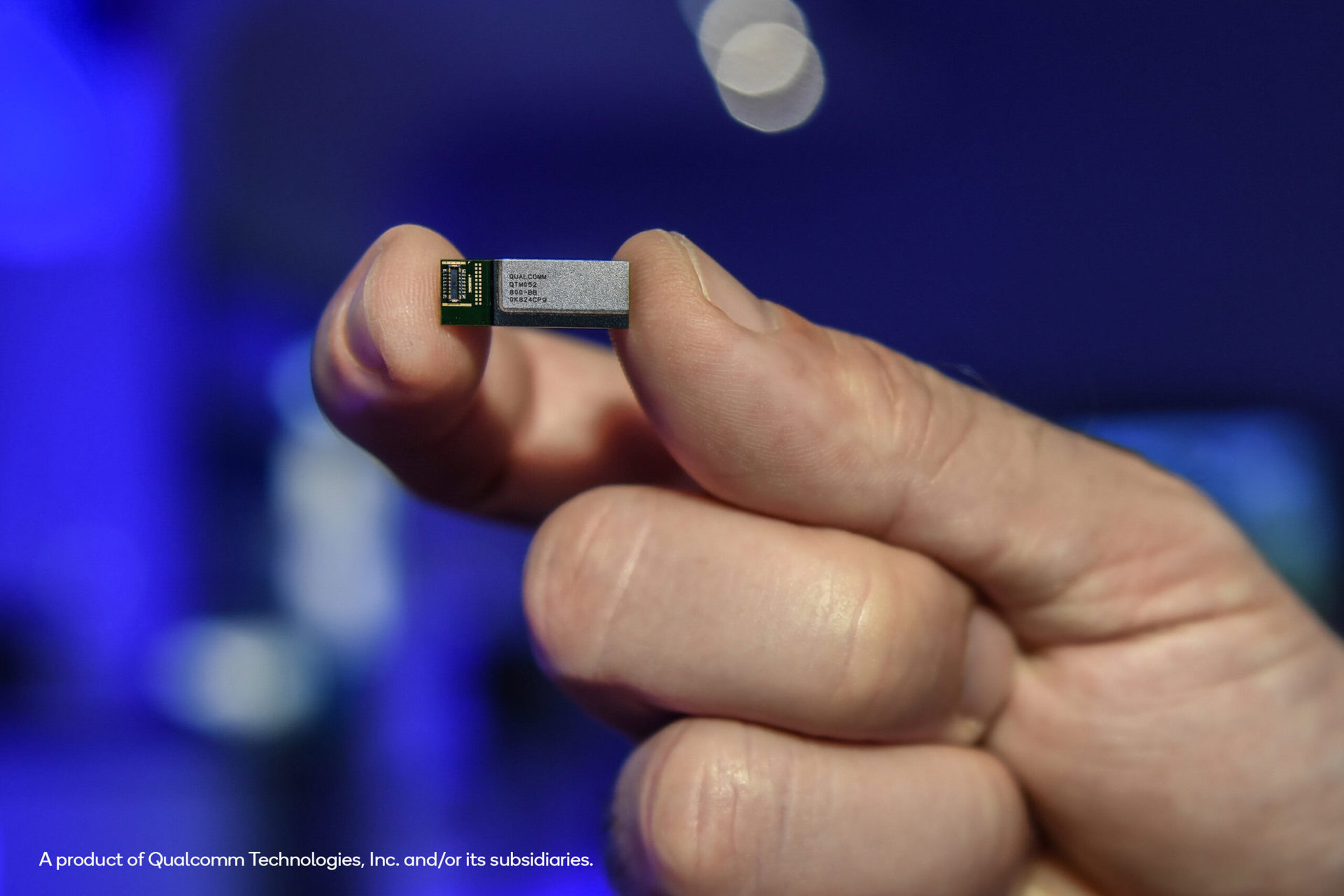
Today, Qualcomm officially announced the first 5G millimeter wave and sub-6GHz antennas for mobile devices. These antennas will help bring 5G into reality, and you’ll see them in devices soon — before the end of 2018.
Before we go any further, let’s first talk about what millimeter wave (mmWave) is and why the tech could be so transformative.
The term millimeter wave represents the radio spectrum between 24 and 300GHz. This spectrum is still highly underdeveloped, and has an incredibly short wavelength, meaning the data rate of this spectrum is much higher than traditional cellular network spectrum.
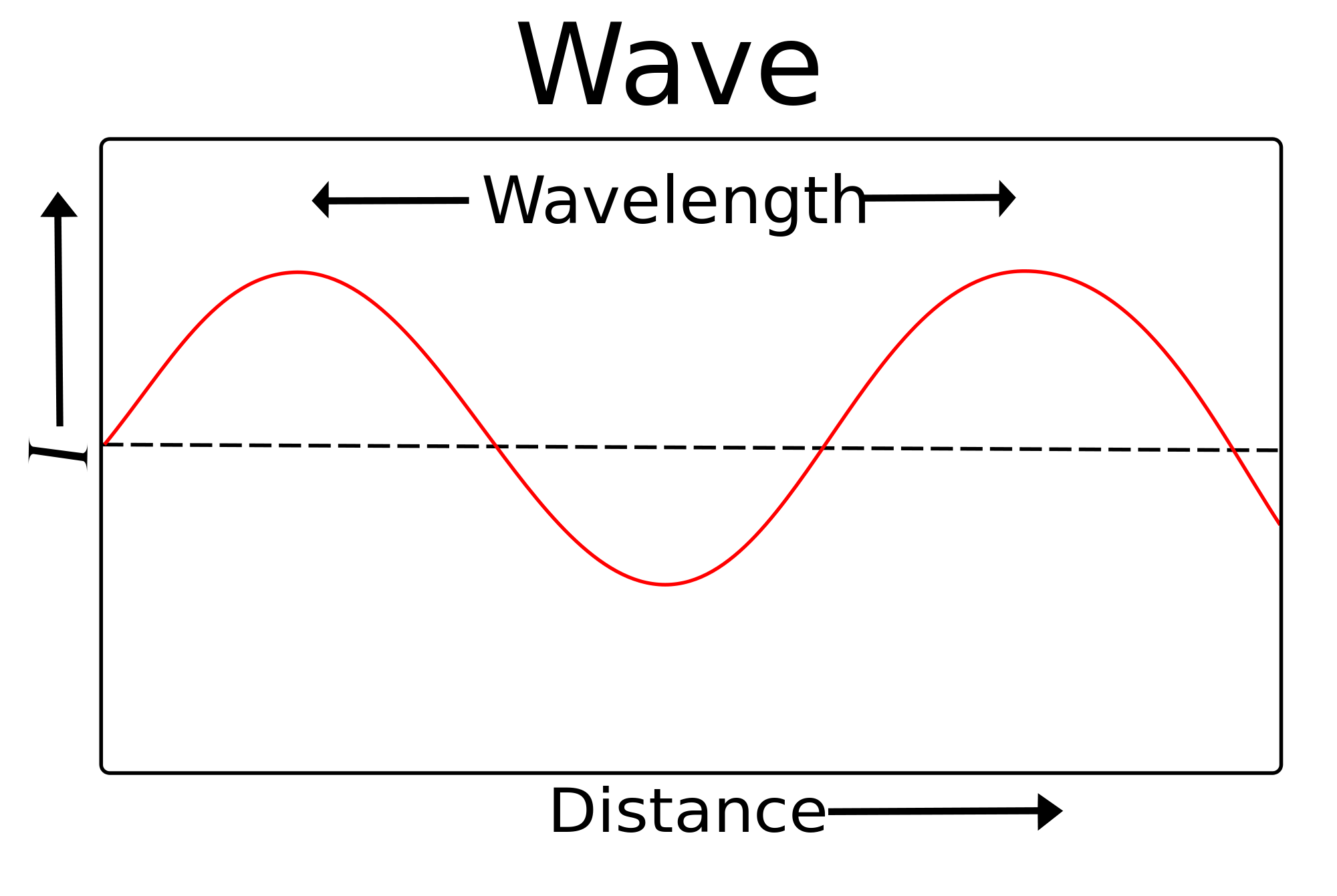
If you remember from high school physics class, the wavelength of a radio wave is the distance between its peaks or valleys. With an extremely short wavelength like that of millimeter wave technology, data can transfer at a much higher rate to dramatically increase the bandwidth of a signal.
The short wavelength of millimeter wave technology means it doesn’t travel nearly as far as traditional cellular waves. To bypass this range issue, Qualcomm developed a technique called beam forming. Beam forming uses multiple different mmWave signals to concentrate the signal in a focused beam, getting a much better signal to your device.

Think of a single millimeter wave like a floodlight. As you walk away from the floodlight you lose brightness, but if you have multiple millimeter wave floodlights pointed at a single source from different directions, the light becomes much more focused in the center. This makes the signal much stronger and much cleaner, which is the primary factor for the speed of the signal.
These beams are emitted from small-cell nodes mounted to light poles and other objects, and bounce off surfaces in the environment to eventually land on your phone. However, for the Snapdragon X50 modem to actually capture the signal, special radio antennas need to be placed throughout your phone. Those antennas are what Qualcomm announced today.
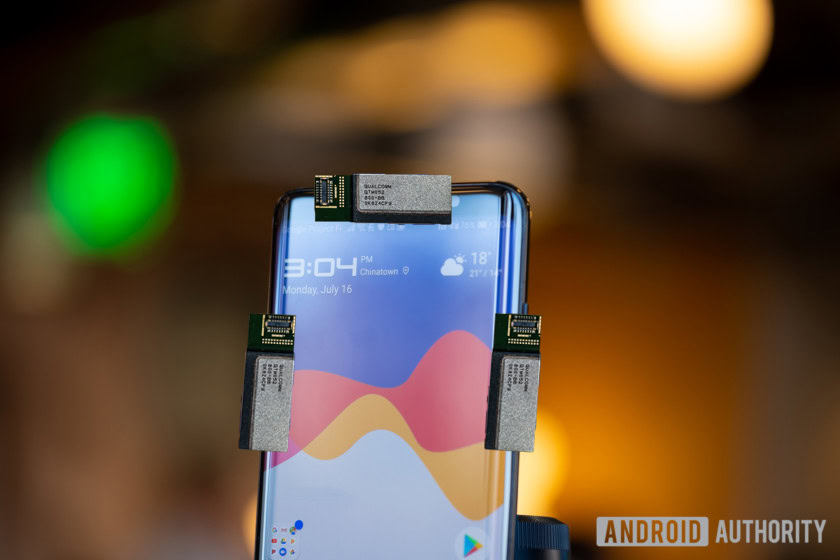
Qualcomm’s 5G millimeter wave antennas will be nested in different spots on your device — three on the sides of your smartphone and four in your mobile hotspot. Millimeter wave can’t actually travel through many materials, so getting a signal from a small-cell node to your device requires 5G small cells sending out a number of beams, or concentrated signals, so a few hit your phone or mobile hotspot.
These beams can bounce off objects in the environment. With enough beams radiated out in a small area, your phone or hotspot should be able to pick up a number of them at once.
With the inability to pass through objects like traditional mobile signals, this might make 5G seem inefficient, but Qualcomm has developed a workaround. Because this new technology shoots a concentrated signal in the form of a beam, your device is able to send an equivalent upload beam in the same direction, back at the small cell. This process happens every millisecond, so your phone and the small cell will be able to re-triangulate your location as you move. This has been tested in a number of environments, including a car moving along the freeway.

Because the signal is so concentrated, Qualcomm can pass a ridiculously large amount of data through the beam. Right now the theoretical maximum data rate is about 5Gbps, but Qualcomm told me we can expect 10, 15, and even 20Gbps streams in the next couple of generations. With typical network degradation and signal sharing, the average user should see an average of about 1.4Gbps during this first generation.
This kind of data rate could open up an entirely new world to computing, like processing heavy computational workloads off-chip and passing the data back to your device. From completely wireless full-resolution VR to high definition video encoding, this technology could make your phone the workhorse even your laptop isn’t.
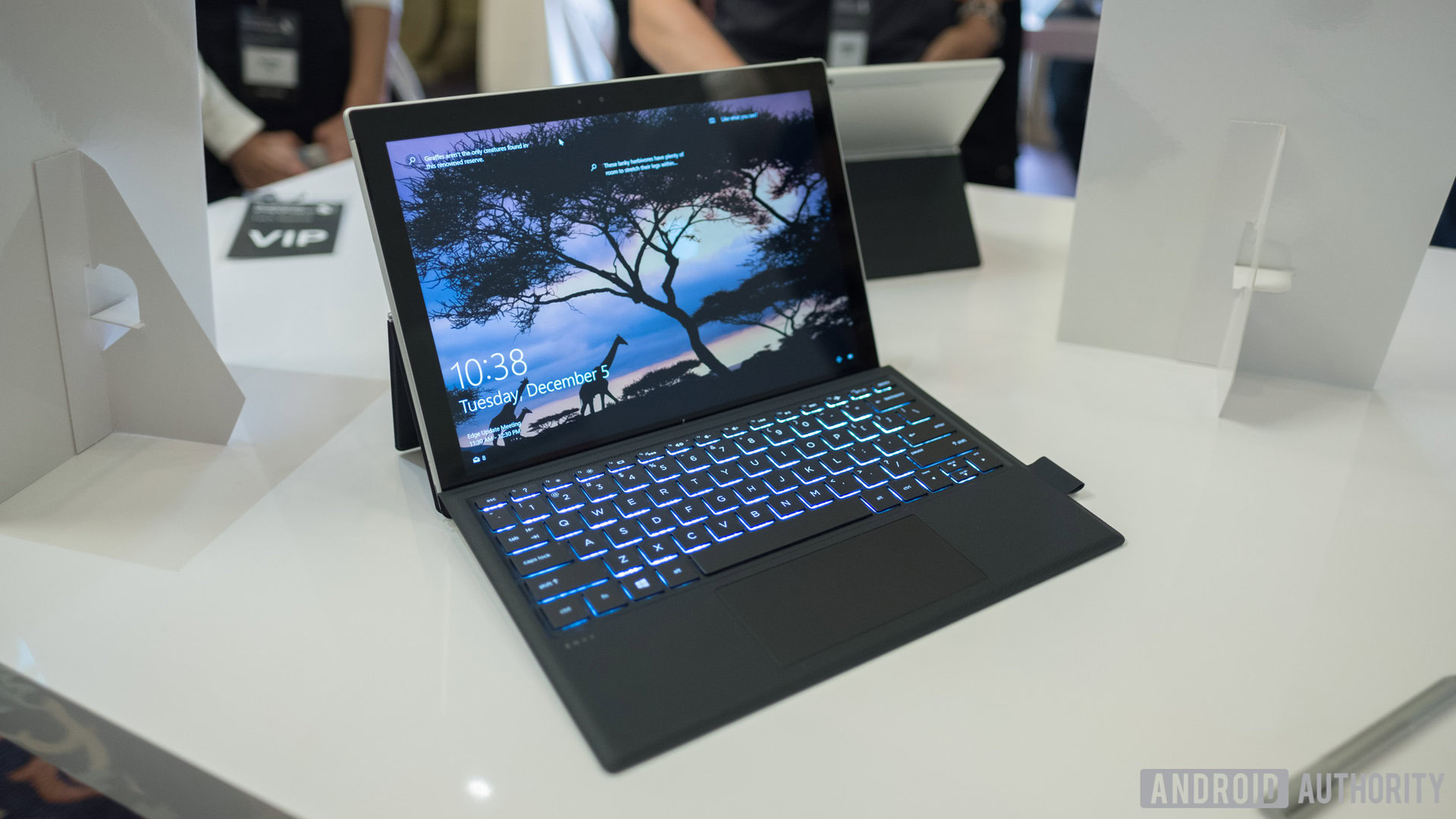
While Qualcomm couldn’t confirm anything officially, we’ll likely see 5G mmWave Snapdragon-based laptops hitting shelves in the next couple of years. Server-side edge computing, coupled with the high battery life of Snapdragon-based laptops, could make truly thin and light notebooks with desktop performance very much a reality.
Because mmWave 5G requires a high density of small cells to work, mobile devices will be able to fall back on sub 6GHz 5G technology in the event of a poor mmWave 5G signal. While this tech won’t be able to deliver the 1.4 Gbps average speed of mmWave, users can expect around 490Mbps, far eclipsing the speeds offered in today’s 4G devices. Devices will also still be able to use gigabit LTE if they can’t connect to sub-6GHz networks, which should offer better speeds due to less congestion and more efficient use of the airwaves.
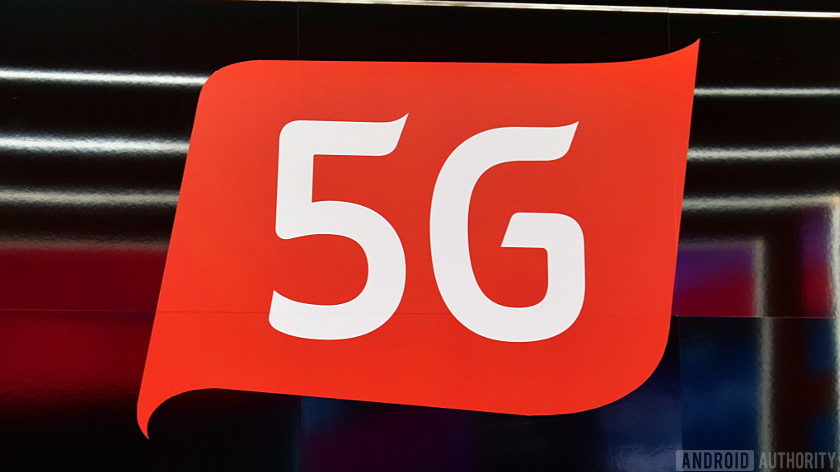
While we’ve been talking about 5G technology for a number of years now, we’re finally going to start seeing it in action this year. Qualcomm says you should expect 5G-enabled mobile Wi-Fi hotspots before the end of 2018. Phones will start adopting the technology in the first half of 2019.
If you have any questions or comments about the technology, make sure to drop your thoughts in the comments section below. Technology like this opens up a whole new world of mobile computing, and it’s exciting to think of the new applications this tech can bring to the table.